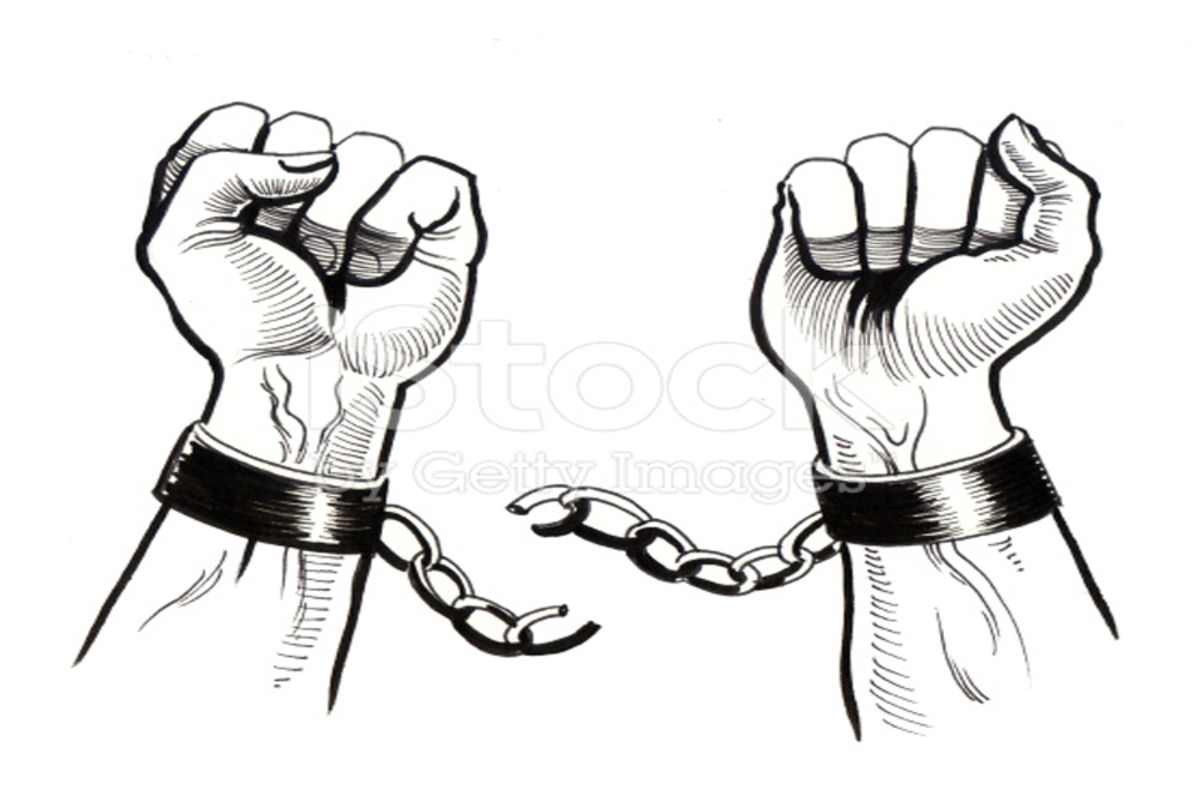The history of the slavery line in the US is a complex and deeply ingrained part of the nation's past. It represents a dark chapter that shaped the social, economic, and political landscape of the United States. Understanding this history is crucial for comprehending the roots of systemic inequalities that persist today.
The legacy of slavery in the US continues to influence modern-day discussions on race, equality, and justice. By examining the origins and evolution of the slavery line, we can gain insights into how this institution impacted the development of the nation.
This article aims to provide a detailed exploration of the slavery line in the US, covering its historical context, key events, and lasting effects. Through this analysis, we hope to foster a deeper understanding of this critical period in American history.
Read also:Who Is Bryton Myler Engaged To Discover The Love Story
Table of Contents
- Introduction
- Historical Background
- Definition of the Slavery Line
- Economic Impact of Slavery
- Social Ramifications
- Key Events in Slavery History
- The Abolition Movement
- Legacy of Slavery Today
- Statistics and Data
- Conclusion
Historical Background
The history of slavery in the US dates back to the early 17th century when the first African slaves were brought to the British colonies. This marked the beginning of a long and tragic period that would shape the nation's future. The transatlantic slave trade played a significant role in establishing the slavery line, which became a defining feature of the American economy and society.
Origins of Slavery in the US
The origins of slavery in the US can be traced to the economic needs of the colonies. The demand for labor in agriculture, particularly in the production of tobacco and cotton, led to the widespread use of enslaved Africans. This practice quickly became entrenched, creating a system of exploitation that lasted for over two centuries.
Key factors contributing to the establishment of slavery included:
- Economic incentives for plantation owners
- Social norms that justified racial discrimination
- Lack of legal protections for enslaved individuals
Definition of the Slavery Line
The slavery line in the US refers to the geographic and socio-economic boundaries that divided slave-holding states from free states. This line was most famously represented by the Mason-Dixon Line, which served as a symbolic boundary between the North and the South. The slavery line was not only a physical division but also a reflection of the ideological differences that characterized the nation.
Significance of the Slavery Line
The significance of the slavery line lies in its role as a dividing force in American politics and culture. It highlighted the contrasting views on human rights, labor, and governance that existed between different regions of the country. This division ultimately contributed to the tensions that led to the Civil War.
Economic Impact of Slavery
Slavery had a profound impact on the US economy, particularly in the Southern states where it was most prevalent. The reliance on slave labor fueled the growth of agricultural industries, making the South one of the wealthiest regions in the nation. However, this prosperity came at a great human cost.
Read also:Superlative Actors In The Parks And Recreation Phenomenon A Detailed Analysis
Key Industries Supported by Slavery
- Cotton farming
- Tobacco cultivation
- Sugar production
According to historical records, the value of enslaved individuals in the US reached an estimated $3 billion by 1860, making them the largest financial asset in the country at the time. This statistic underscores the economic importance of slavery during this period.
Social Ramifications
The social ramifications of the slavery line in the US were far-reaching and long-lasting. The institution of slavery created deep divisions within society, perpetuating racial hierarchies and systemic inequalities. These effects continue to influence modern-day social dynamics in the US.
Impact on African American Communities
The impact of slavery on African American communities was devastating. Enslaved individuals were subjected to inhumane treatment, including forced labor, physical abuse, and family separation. The legacy of slavery has contributed to ongoing struggles for equality and justice.
Key Events in Slavery History
Several key events in US history highlight the evolution of the slavery line and its impact on the nation. These events provide valuable insights into the struggles and triumphs that shaped the course of American history.
Fugitive Slave Act of 1850
The Fugitive Slave Act of 1850 was a controversial law that required the return of escaped slaves to their owners. This act intensified tensions between the North and the South, further polarizing the nation along the slavery line.
Emancipation Proclamation
Issued by President Abraham Lincoln in 1863, the Emancipation Proclamation declared the freedom of all enslaved individuals in Confederate-held territory. This landmark event marked a turning point in the fight against slavery and helped pave the way for its eventual abolition.
The Abolition Movement
The abolition movement was a powerful force in the fight against slavery in the US. Activists and organizations worked tirelessly to end the institution of slavery and promote equality for all individuals. Their efforts were instrumental in shaping public opinion and influencing legislative change.
Key Figures in the Abolition Movement
- Frederick Douglass
- Harriet Tubman
- William Lloyd Garrison
These individuals, among others, played pivotal roles in raising awareness about the injustices of slavery and advocating for its abolition.
Legacy of Slavery Today
The legacy of the slavery line in the US continues to resonate in modern society. Issues such as racial inequality, economic disparity, and social injustice can be traced back to the institution of slavery. Recognizing and addressing these challenges is essential for promoting healing and reconciliation.
Modern-Day Impacts
Modern-day impacts of slavery include:
- Persistent racial disparities in education and employment
- Continued struggles for civil rights and social justice
- Ongoing efforts to address systemic racism and inequality
Statistics and Data
Data and statistics provide valuable insights into the scope and impact of slavery in the US. According to historical estimates:
- Approximately 12.5 million Africans were forcibly transported to the Americas during the transatlantic slave trade.
- By 1860, there were over 4 million enslaved individuals in the US.
- The economic value of enslaved labor contributed significantly to the nation's GDP during this period.
These figures underscore the scale of slavery's impact on the US and its lasting effects on society.
Conclusion
In conclusion, the slavery line in the US represents a critical period in the nation's history that continues to influence modern-day discussions on race and equality. By examining the historical context, economic impact, and social ramifications of slavery, we can gain a deeper understanding of its lasting legacy. It is essential to acknowledge and address the challenges posed by this history to promote a more just and equitable society.
We invite you to share your thoughts and insights in the comments section below. Additionally, please explore other articles on our site to learn more about related topics. Together, we can foster greater awareness and understanding of the complexities of US history.

